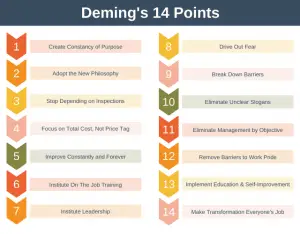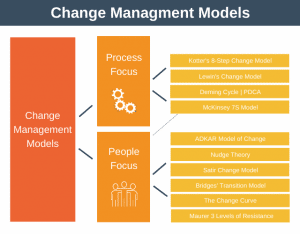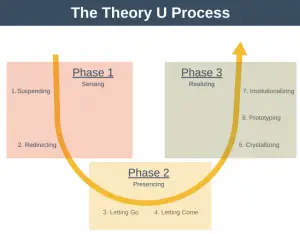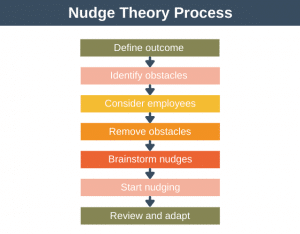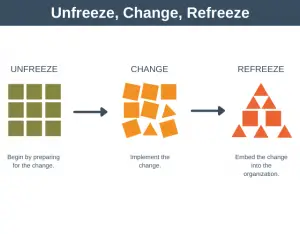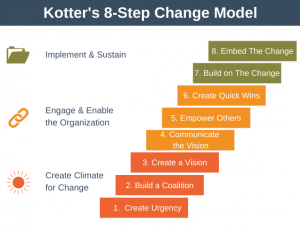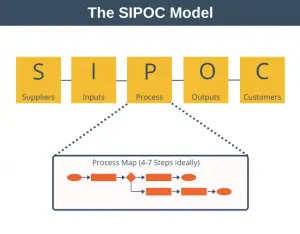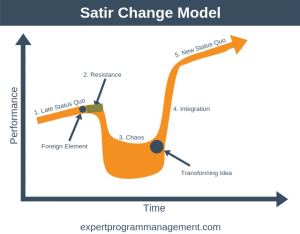One way to increase margins and therefore profitability is to remove waste from an organization. In Japanese there is the term Muda, which describes any activity which does not value to others, is unproductive and therefore wasteful. This is a core concept of the Toyota Production System (TPS) and Lean. The seven types of Muda waste are as follows:
- Transportation
- Inventory
- Motion
- Waiting
- Over-Processing
- Over-Production
- Defects
1. Transportation
Each time a product is moved it is at risk of being lost or damaged. There is also a cost associated in moving the product which doesn’t add any value. An example of this waste in a product development environment would be where a prototype is made in a different part of the world to where it is used.
2. Inventory
This refers to products or parts of products which have been made but not yet sold. An example of software inventory is written code that is not yet being used by the customer of that code. A pull system can be helpful in reducing inventory.
3. Motion
Motion is different to transportation in that it refers to employees or their equipment moving. A modern example of motion would be software engineers using new software tooling without adequate training, thus wasting time learning as they go rather than the more efficient option of quickly training up front.
4. Waiting
If a product is not being processed or in transport then it is waiting. This waiting adds no value and is therefore wasteful. An obvious example of waiting is where an employee on vacation must return before another employee can obtain the information they need to proceed with a task.
5. Over-Processing
Over-processing occurs when more work is performed on a product than needed by the customer. A simple software example would be where expensive Oracle databases were used when MySQL would have sufficed.
6. Over-Production
This occurs when more product is created than is used by customers. An example of overproduction is where features are added to a product that the users don’t use or obtain value from.
7. Defects
Whenever a defect is found resources and tools are consumed to fix the issue. Defects can actually remove value by decreasing a customer’s satisfaction with the product.
More on Waste
As mentioned at the beginning of this article, these seven types of waste fall under the broad category of muda. It should be noted that there are also two other broad categories of waste, namely mura and muri.
Mura refers to unevenness or inconsistency. Mura is typically avoided by introducing just-in-time systems and processes.
Muri refers to overburden or unreasonableness. Muri is typically avoided by introducing the standardisation of work.
Summary
Waste costs money and affects profitability. By understanding the different types of waste we can be better equipped to spot and eliminate waste within our organization. If we want to eliminate waste, then one of the first steps must be to classify all of our processes and activities into those that add value and those that do not. Once we have this information it is possible to make some improvement plans.

